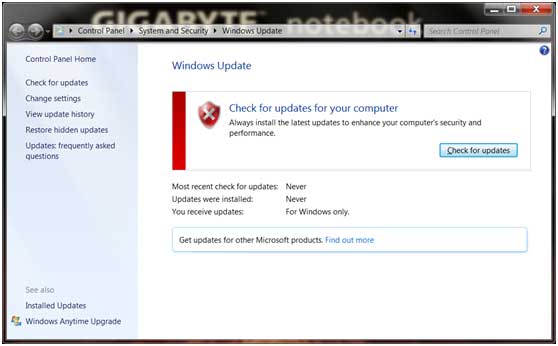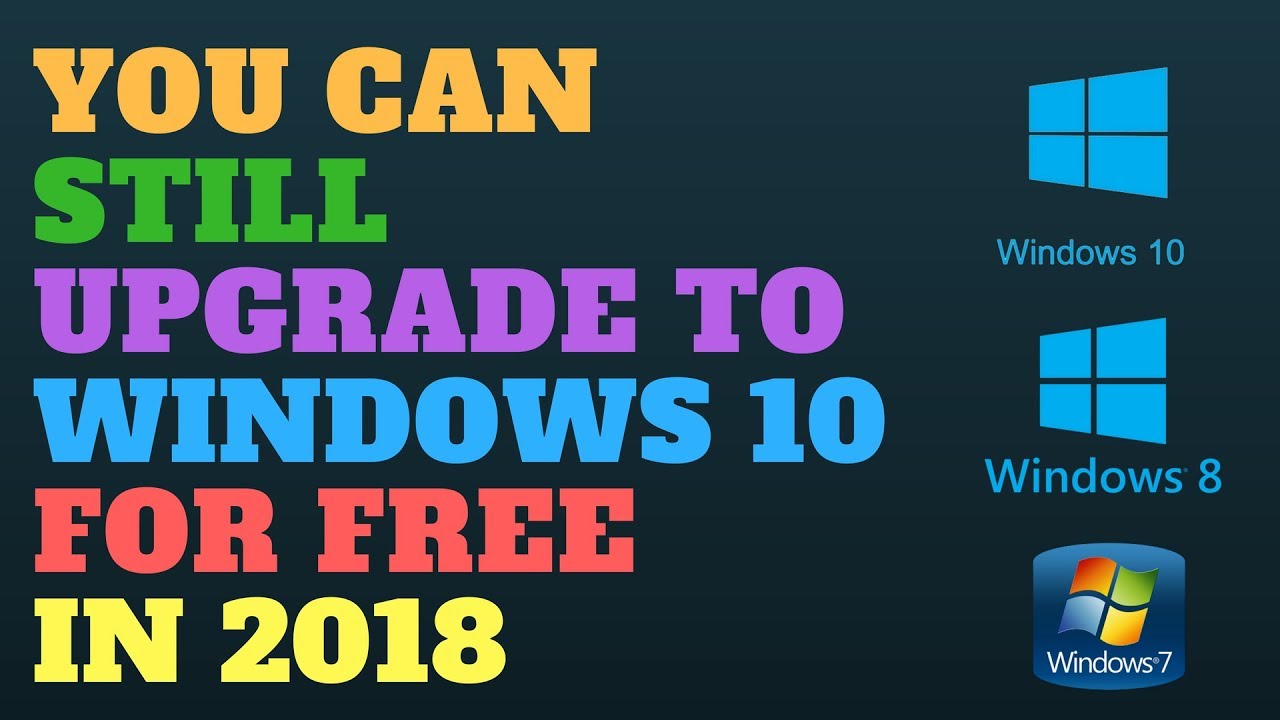

These start with smoother and sometimes faster operations, more economical use of memory and.

At that point you start looking for ISOs of previous versions until you find one that will install properly, then put your Windows 7 drive back in and upgrade it from there. Depending on your hardware, a straight upgrade from Windows 7 to 10 may offer some benefits. If it crashes in the middle of doing that, then it's not the upgrade itself failing, it's simply that your machine will not run that version of Windows. Boot from the Windows 10 media and see if you can get it to do a clean install. If you have a spare hard drive lying around, put that in the machine while keeping your existing drive(s) in a safe untouched condition. Windows 10 installation process may take a. I am not sure exactly what criteria Microsoft uses to determine what old hardware to abandon with each new release, but for example I have some old IBM Thinkpad laptops that are stuck at 1709 and refuse to upgrade to anything newer, and what's happening seems consistent with my results trying to upgrade those. Download and run the Media Creation Tool from the Microsoft website and start upgrading. You might need to try an older version of Windows 10, it sounds like your machine is possibly too old to work with the current 1903/1909 versions.

It looks like it might have originally come with Windows XP if that tells you anything. The rest of the software available to download indicates that machine is around 10 years old or so. I checked and it shows you have the most recent BIOS for that machine.


 0 kommentar(er)
0 kommentar(er)
